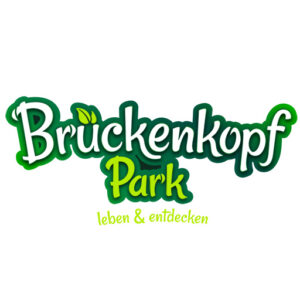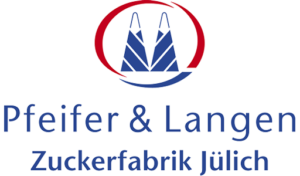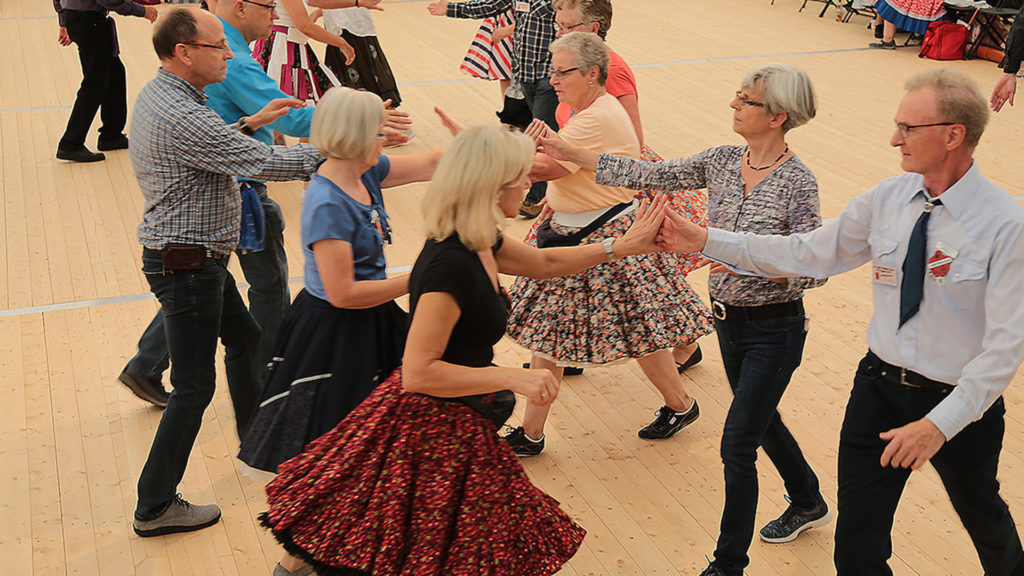Two thousand years ago, the Romans founded Jülich. The ancient Juliacum was exactly a day’s journey from the Roman metropolis of Colonia and the port city of Boulogne-sur-Mer. The narrow ford across the Rur made the route through Jülich very convenient.
In present-day Jülich, hardly anything indicates the Roman past, as all structures from that time have been demolished, built over, and disappeared from the cityscape. Really all?
The largest and most consequential construction project, the building of the trade route “Via Belgica” from Cologne through Jülich to the Atlantic coast, is still visible in many places. At least upon closer inspection, as roads are durable structures that leave deep traces in the landscape even after their active use. Whether as a guiding structure for developments, as a boundary line for fields, or as compacted soil that affects plant growth along its route, these remnants can still be clearly seen in aerial imagery today.
The goal of the EU project “Experience Roman Road” was to make these ancient and crucial structures for the development of our region visible again. In 2014, the information center Via Belgica was opened in the citadel. It is located in the southeast tower of the citadel. It is responsible for ten of the 60 kilometers of the route that connects 18 municipalities along the Roman road between Dahlem in the south and Übach-Palenberg in the west.
Since then, a bike path runs along the old Roman road across Jülich, connecting archaeologically interesting sites and reminding visitors of the city’s ancient history. Along the Via Belgica, there are old and new milestones, the castle wall, and Roman tombstones.
It was only in 2023 that the Roman castle wall was discovered during construction work on Stiftsherrenstraße.
















